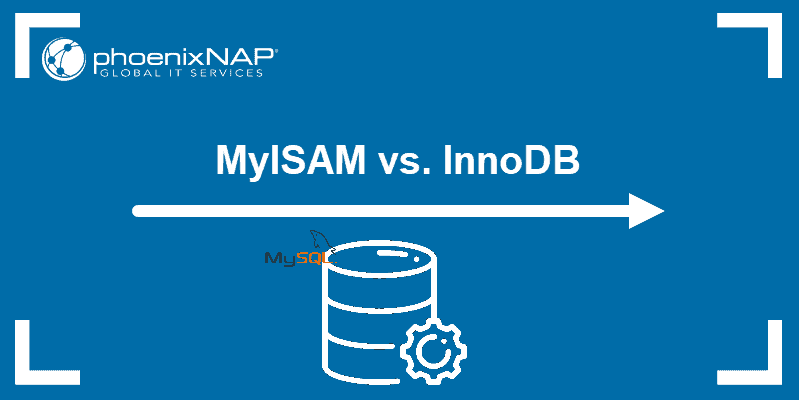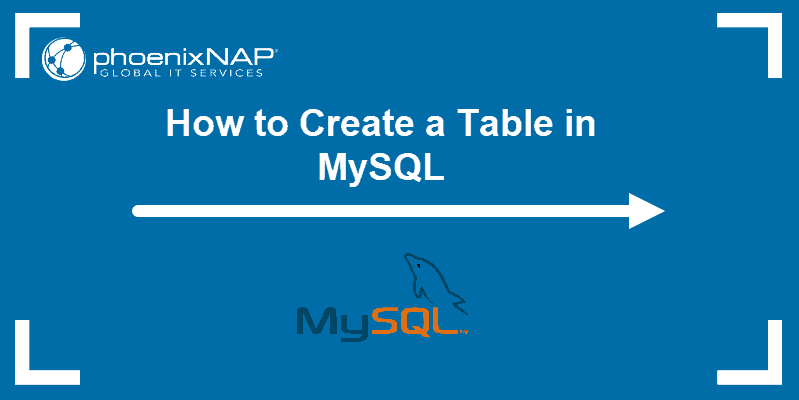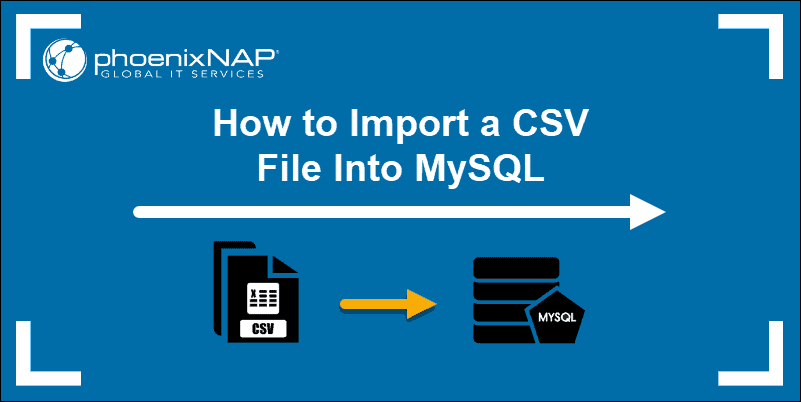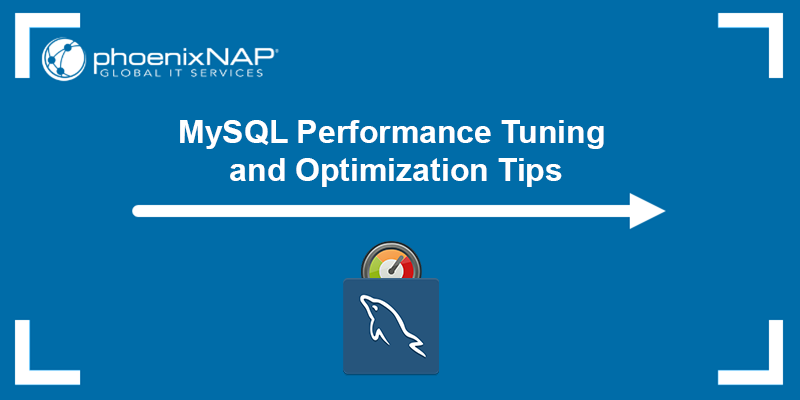A storage engine is a DBMS mechanism for managing data in a database. Choosing the right storage engine is a strategic decision that impacts database development, scalability, and performance.
MySQL offers two primary storage engines: MyISAM and InnoDB. Each engine has pros and cons that impact how a database handles tasks. Knowing the distinctions between the two engines helps you make an informed decision for your use case.
In this article, you will learn the main differences between MyISAM and InnoDB storage engines and why InnoDB is the default storage engine in newer MySQL installations.

What Are MyISAM & InnoDB?
MyISAM (My Indexed Sequential Access Method) is one of the oldest MySQL storage engines. The engine has a small data footprint and is fast with read-heavy operations, making it suitable for a data warehousing architecture and some web applications. It was the default storage engine for MySQL versions before 5.5. However, MyISAM lacks transaction and foreign key support, which is crucial for some database systems.
InnoDB is the current default storage engine for MySQL. The engine supports foreign keys, row-level locking, and ACID transactions. These features make InnoDB a reliable and suitable choice for modern applications. Its crash recovery mechanism, data integrity, and high performance are some of the reasons why InnoDB is currently the default MySQL engine.
Despite InnoDB's numerous advantages, there are some use cases where MyISAM is a better choice. The decision depends on the specific application needs, data integrity importance, and database workload.
MyISAM vs. InnoDB Main Differences
The table below shows the main differences between MyISAM and InnoDB.
| Features | MyISAM | InnoDB |
|---|---|---|
| Default Engine | No. | Yes. |
| Transactions | Non-transactional. | Transactional. |
| Locking | Table locking. | Row-level locking. |
| Foreign Keys | No. | Yes. |
| Full-Text Search | Yes. | Yes (in some versions). |
| Storage | Lower overhead in multiple files. | Efficient for large datasets in a single file. |
| Performance | Fast for read-heavy operations. | Fast for mixed read-write and highly concurrent operations. |
| Indexing | Full-text. | Full-text, clustered, adaptive hashing. |
| Crash Recovery | Limited. | Robust. |
MyISAM vs. InnoDB: In-Depth Comparison
The sections below provide an in-depth comparison between MyISAM and InnoDB based on their main differences. Knowing these details is essential when choosing between the two database storage engines.
Default Engine
MyISAM was the default storage engine for MySQL until MySQL version 5.5. Its limited transaction support and reliability concerns lead to the replacement.
InnoDB became the default storage engine in MySQL 5.5 and is still the current default storage engine. It is designed to handle large data volumes and is more suitable for mission-critical applications due to transactional support, foreign key constraints, and automatic crash recovery mechanisms.
Transactions
MyISAM is a non-transactional engine that is not ACID-compliant. When running several database operations, MyISAM does not have a rollback mechanism in case of failure. If a failure happens, this engine cannot undo changes. The behavior results in partial updates and data inconsistencies.
InnoDB is a transactional engine that enables running several SQL statements as a single transaction. In case of an error in any statement, the rollback mechanism ensures all changes are reversible, maintaining data integrity. InnoDB is fully ACID-compliant.
Note: Refer to our ACID vs. BASE article for more information about database transaction models.
Locking
MyISAM uses table-level locking by default. During insert, update, and delete operations, the entire table is locked, and only a single session can modify it at a time. This method is efficient for read-only tables, but the main disadvantage is that it creates bottlenecks in write-heavy environments, as operations have to wait for table locks to release before making changes.
InnoDB uses row-level locking as the default locking method. It allows simultaneous sessions to modify different rows in a table. Row-locking is suitable for multi-user databases and highly concurrent environments. The main disadvantages are memory overhead and increased query times compared to table-level locking.
Foreign Keys
MyISAM does not support foreign keys. Table relationships require manual management through application code since there is no referential integrity at the database level.
InnoDB supports foreign keys. Table relationships are defined on the database level, automatically enforcing referential integrity. The approach results in better data consistency across related tables.
Full-Text Search
MyISAM supports full-text search by design and enables complex search queries on text fields. Use the FULLTEXT keyword to create full-text indexes in table definitions and perform searches by combining MATCH() and AGAINST() functions. The full-text search feature benefits applications that require advanced search capabilities.

InnoDB also supports full-text search starting with MySQL 5.6, while earlier versions did not. The engine enables the use of both full-text search and transactional support. Full-text indexes are implemented in the same way as in the MyISAM storage engine.
Storage
MyISAM stores tables, indexes, and data in three separate files with the following extensions:
- .frm. The schema definition (before MySQL 8).
- .sdi. The schema definition (MySQL 8+).
- .MYI. The index file with indexes for each table.
- .MYD. The data file contains the table data.
Storing data in this format lowers storage overhead. It is suitable for small datasets and applications that require storage efficiency.

InnoDB stores table structure in one tablespace file and can be configured to use a single .ibd file per table. The format is efficient for storing large datasets and flexible regarding storage management and optimization. There are also specific MySQL data types for storing large objects (such as BLOB and TEXT) separately from the table.
Performance
MyISAM is suitable for applications with read-heavy workloads. The engine is optimized for read operations, while write operations are slow due to table-level locking. Other features include table compression and insert delays to help improve performance in specific situations.
InnoDB is slower for simple read operations than MyISAM. The engine is optimized for a mixed and concurrent workload with read and write operations. Advanced features, such as adaptive hash indexing and performance tuning based on workload patterns, further improve InnoDB performance.
Indexing
MyISAM supports standard and full-text indexes. It does not support the advanced indexing features found in the InnoDB engine. Index rebuilding is done manually through commands such as REPAIR TABLE in case of fragmentation or structure changes.
InnoDB supports full-text indexing and advanced indexing features, such as clustered and adaptive hash indexes. It uses a specific structure for index storage to enable efficient lookups and range queries. InnoDB creates hash indexes for frequently accessed data to reduce query time, while index compression minimizes disk usage and improves I/O performance.
Crash Recovery
MyISAM has limited crash recovery mechanisms. In case of crashes, the engine requires manual repairs, which is tedious and difficult. Tools such as myisamchk help in manual data repair and recovery.
InnoDB has a robust crash recovery mechanism. It uses a transaction log and double-write buffer for automatic crash recovery. The engine can return to a consistent state through its rollback mechanism to maintain data integrity.
MyISAM vs. InnoDB: How to Choose?
Choosing between MyISAM and InnoDB requires considering application requirements and constraints. Both systems have strengths and weaknesses, and the choice depends on application features.
Use cases for MyISAM include:
- Read-heavy applications. The MyISAM storage engine excels at read-heavy applications like reporting systems and content management.
- Full-text search. The built-in support for full-text search results in efficient searching and indexing across large text fields. Uses include blogs and document management systems.
- Small datasets. MyISAM is efficient for applications with smaller datasets due to its minimal overhead. Uses include lightweight applications, personal databases, and small-scale projects.
- Simple data integrity. MyISAM is ideal for applications with simple or minimal data relationships, such as those that can be managed through application logic rather than database constraints.
Choose InnoDB in the following situations:
- High concurrency. InnoDB efficiently handles simultaneous read and write operations, making it suitable for multi-user environments like e-commerce platforms and social media apps.
- Transactional integrity. Because it is fully ACID-compliant, InnoDB is used with applications that require data consistency, such as financial systems and booking mechanisms.
- Large datasets. Due to its advanced indexing mechanisms, InnoDB is efficient for data-intensive applications and large-scale websites.
- Foreign key constraints. Complex data relationships, such as those found in CRM and ERP systems, require enforcing referential integrity between tables.
- Crash recovery and reliability. Critical applications, such as healthcare systems and financial databases, require the robust crash recovery mechanisms provided by the InnoDB storage engine.
Some cases benefit from implementing a hybrid approach where an application uses both MyISAM and InnoDB storage engines on different tables to yield the benefits of both systems.
Note: If you have tables that would benefit from switching storage engines, check out our guide on how to convert MyISAM to InnoDB (and vice versa).
Conclusion
After reading this article, you should better understand the differences between MyISAM and InnoDB storage engines. Knowing the differences helps you choose the storage engine that best suits your needs and database requirements.
Next, read more about the different database types to make an informed decision.



